Does Losing Your Big Toe Affect Your Balance

Imagine standing on a surfboard, the cool spray of the ocean misting your face as you glide across a wave. Now, picture trying to do that with one less toe. It sounds almost comical, doesn’t it? Yet, for those who've experienced the loss of a big toe, the impact on balance and mobility is anything but a laughing matter.
This article delves into the surprisingly significant role the big toe plays in our everyday balance and movement, exploring the science behind it, the challenges faced by individuals who have lost their big toe, and the potential strategies for regaining stability and confidence. Understanding this impact is crucial not just for those who have experienced toe amputation, but also for healthcare professionals and anyone interested in the intricate workings of the human body.
The human foot is a marvel of engineering, a complex structure of 26 bones, 33 joints, and over 100 muscles, tendons, and ligaments, all working in harmony to support our weight and propel us forward. Among these components, the hallux, or big toe, might seem like a relatively small player.
However, its contribution to our biomechanical function is far from insignificant.
The Big Toe: A Small Component with a Big Impact
The big toe's importance lies in its position and the leverage it provides during the gait cycle. As we walk, run, or even simply stand, the big toe is the last part of the foot to leave the ground, playing a critical role in propulsion and balance.
According to a study published in the Journal of Foot and Ankle Research, the big toe is responsible for bearing up to 40% of the body's weight during the toe-off phase of walking. Losing this crucial weight-bearing point can significantly disrupt the body's natural biomechanics.
Furthermore, the big toe contains numerous proprioceptors, sensory receptors that provide the brain with information about the body's position in space. These receptors contribute to our sense of balance and coordination.
When the big toe is amputated, these proprioceptive signals are lost, potentially leading to impaired balance and an increased risk of falls.
Causes of Big Toe Amputation
The amputation of a big toe, or any toe, can occur due to various factors. Diabetes is a leading cause, as the disease can damage blood vessels and nerves in the feet, leading to poor circulation and an increased risk of infection and ulceration.
In severe cases, amputation may be necessary to prevent the spread of infection and save the patient's life.
Trauma, such as crushing injuries or severe fractures, can also lead to amputation if the damage is irreparable. Peripheral artery disease (PAD), which reduces blood flow to the extremities, is another contributing factor.
Even seemingly minor issues, such as untreated ingrown toenails or fungal infections, can, in rare instances, escalate to the point where amputation becomes the only option.
Life After Amputation: Challenges and Adaptations
The loss of a big toe can present a multitude of challenges in daily life. Simple activities like walking, climbing stairs, and even standing for extended periods can become more difficult and require greater effort.
Many individuals report feeling unsteady and less confident in their balance, particularly on uneven surfaces or in low-light conditions.
The altered gait pattern resulting from the amputation can also lead to secondary problems, such as pain in the ankles, knees, hips, and lower back.
Psychologically, the loss of a toe can also be distressing. Individuals may experience feelings of self-consciousness, body image issues, and anxiety about their ability to perform everyday tasks.
Regaining Balance and Mobility
While the loss of a big toe undeniably presents challenges, it is important to emphasize that individuals can adapt and regain a significant degree of balance and mobility.
Physical therapy plays a crucial role in this process, helping individuals to strengthen the remaining muscles in their foot and leg, improve their balance, and learn new gait patterns.
Exercises often include range-of-motion exercises, strengthening exercises for the calf and foot muscles, and balance training on unstable surfaces like foam pads or wobble boards.
Orthotics, custom-made shoe inserts, can also provide support and stability, helping to redistribute weight and compensate for the missing toe.
Assistive devices, such as canes or walking sticks, can provide additional support and stability, particularly in the early stages of recovery.
Furthermore, it is crucial for individuals to wear properly fitting shoes with good arch support.
Beyond physical interventions, psychological support is also essential. Talking to a therapist or joining a support group can help individuals to cope with the emotional challenges associated with toe amputation and develop strategies for managing anxiety and improving self-esteem.
Research and Future Directions
Ongoing research is exploring innovative approaches to improve the lives of individuals who have undergone toe amputation.
One promising area of research is the development of advanced prosthetic devices that can mimic the function of the missing toe. These prosthetics could potentially restore a more natural gait pattern and improve balance and stability.
Another area of focus is on developing more effective physical therapy protocols that are tailored to the individual needs of each patient.
The use of virtual reality (VR) technology is also being explored as a tool for balance training. VR can provide a safe and engaging environment for individuals to practice their balance skills and gradually increase the challenge as they progress.
Collaboration between researchers, clinicians, and individuals with toe amputations is essential to driving innovation and improving the quality of life for those affected.
A Toe’s Tale: More Than Just a Digit
The story of the big toe and its impact on balance is a testament to the intricate and interconnected nature of the human body. While seemingly small and insignificant, the big toe plays a vital role in our ability to move with ease and confidence.
Losing this digit can present significant challenges, but with proper care, rehabilitation, and support, individuals can adapt and regain a fulfilling and active life.
It is a reminder that even seemingly small parts of our bodies can have a profound impact on our overall well-being, and that with resilience and determination, we can overcome even the most unexpected obstacles.

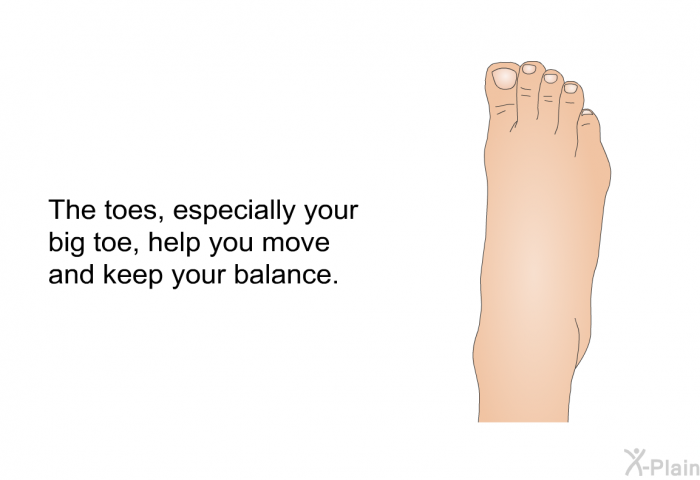

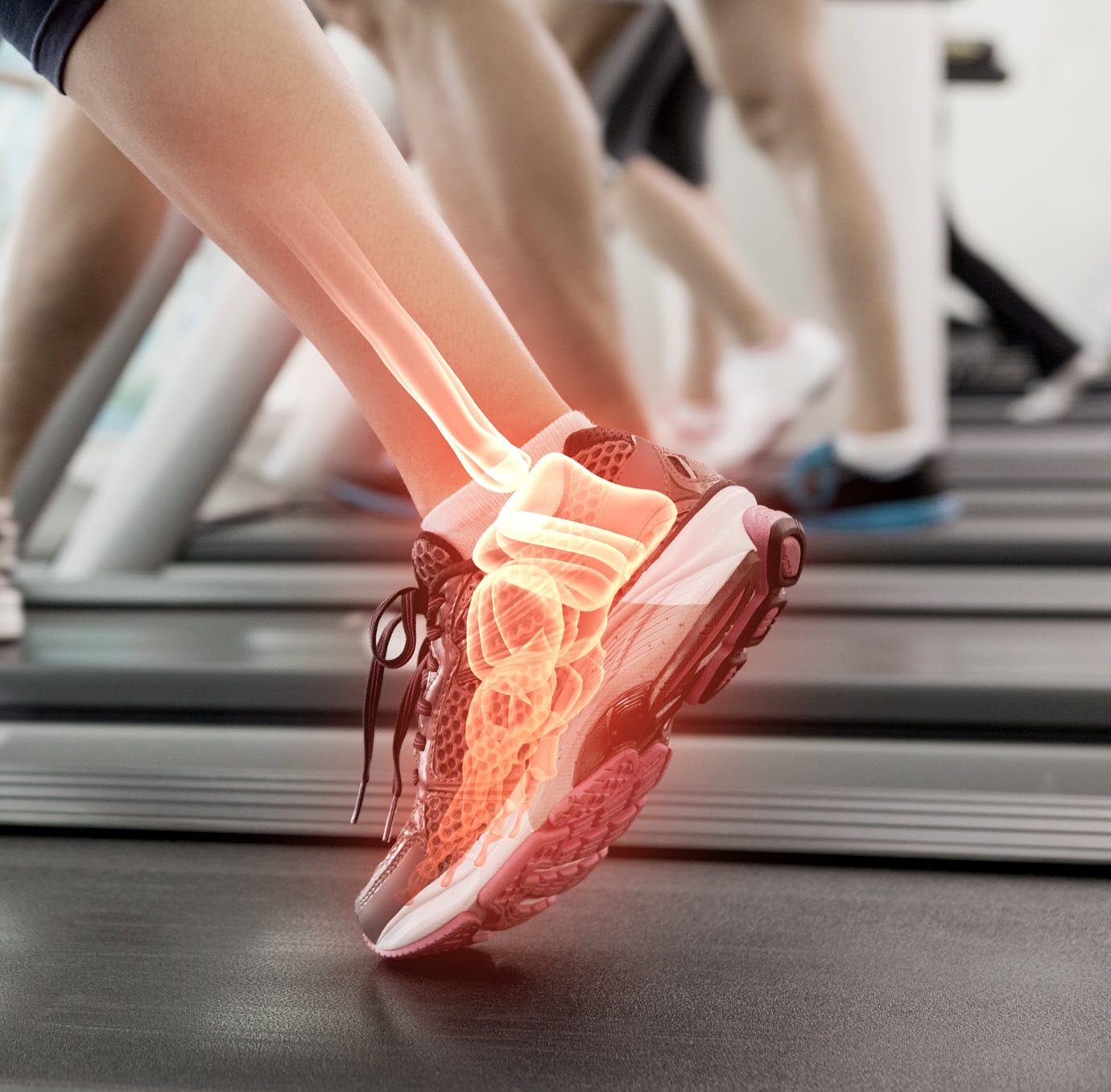
![Does Losing Your Big Toe Affect Your Balance Big Toe Pain When Walking [FIX Your Big Toe That Hurts When Walking]](https://www.michiganfootdoctors.com/uploads/2013/10/high-arched-foot-vs-flat-foot-type-heel-pain-1536x1097.jpg)
![Does Losing Your Big Toe Affect Your Balance Sprained Big Toe Tendon Pain [Causes, Symptoms & Best Treatment]](https://www.michiganfootdoctors.com/uploads/photo-gallery/imported_from_media_libray/bunion-before-and-after-sesamoid-dislocation_(1).jpg?bwg=1590148701)

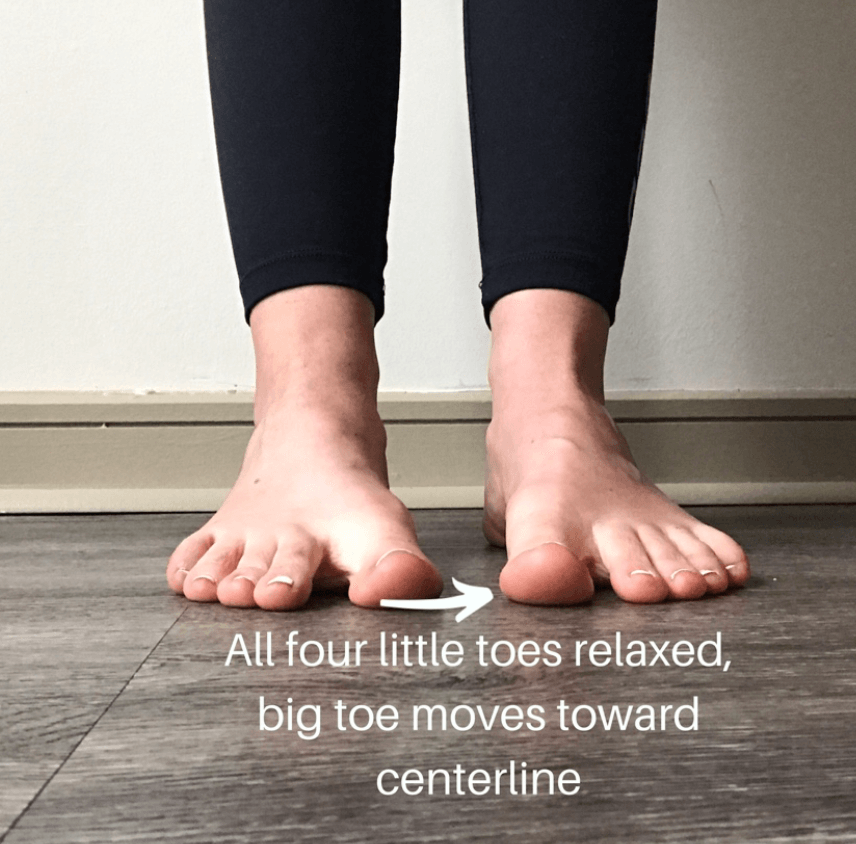


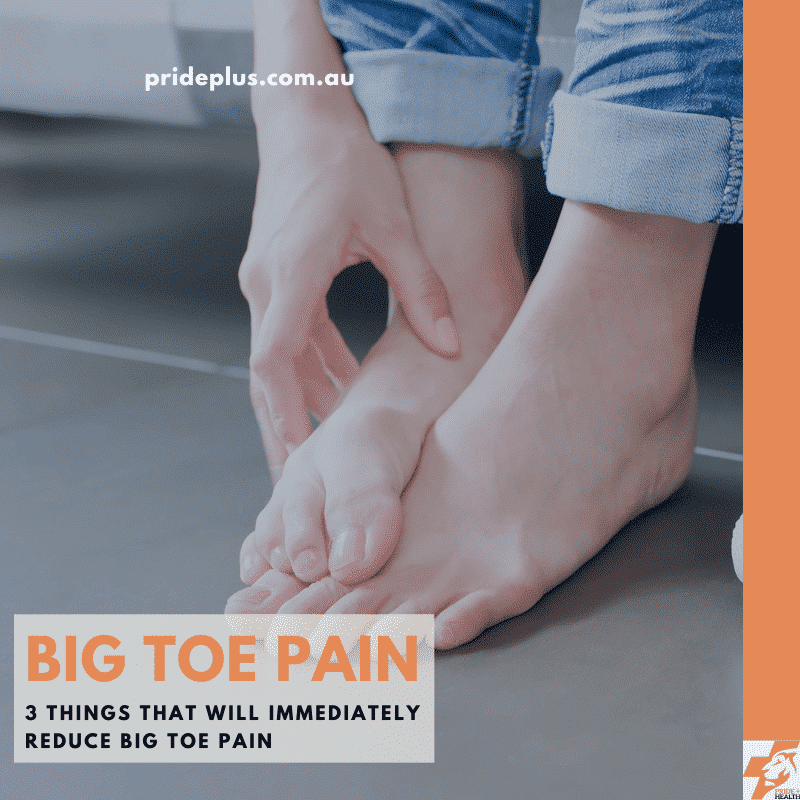




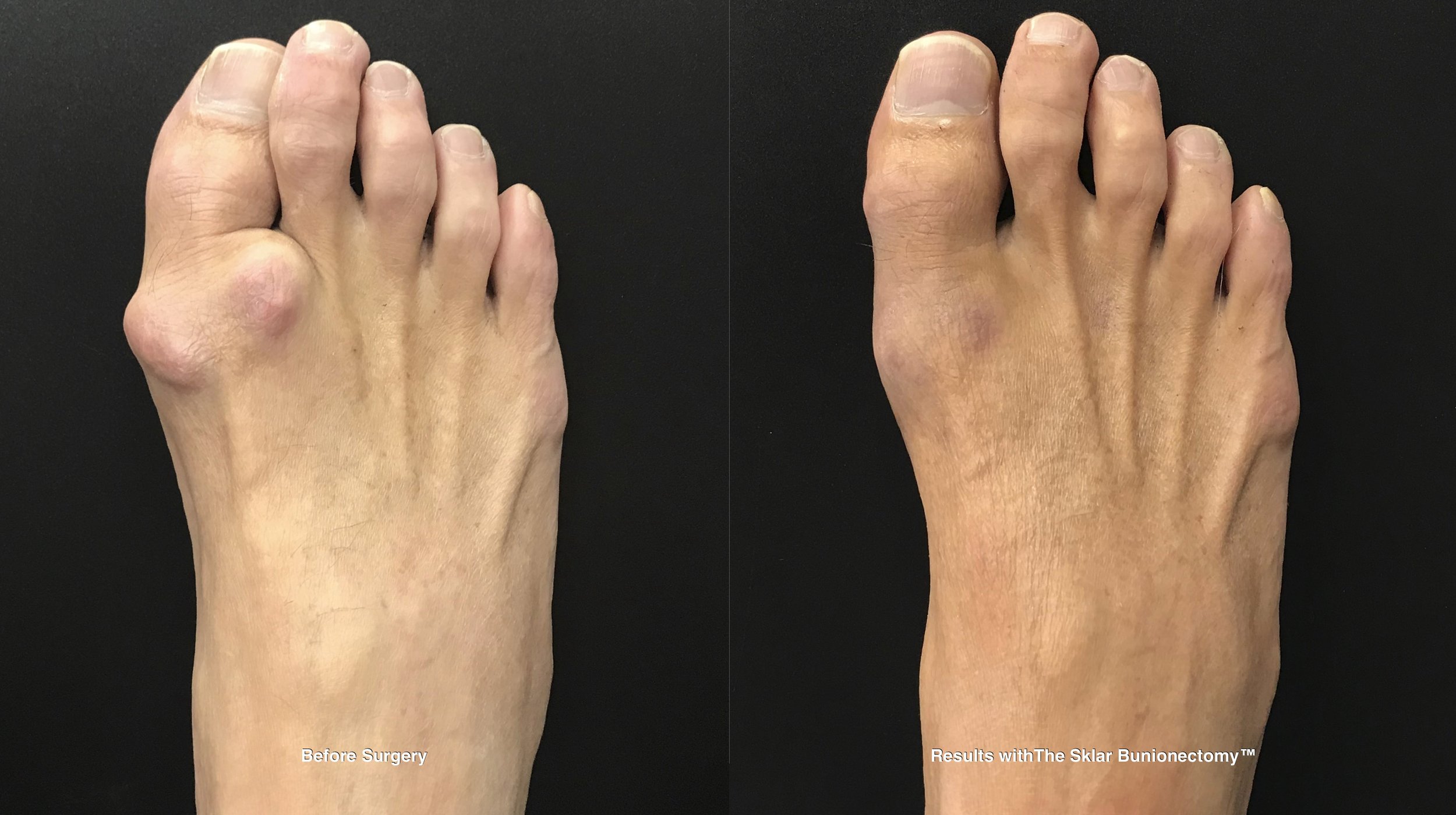

![Does Losing Your Big Toe Affect Your Balance Best Toe Doctor in Michigan [Foot Specialists, Toenail & Foot Doctors!]](https://www.michiganfootdoctors.com/uploads/2020/05/3-types-of-hammer-toe-deformities.jpg)
